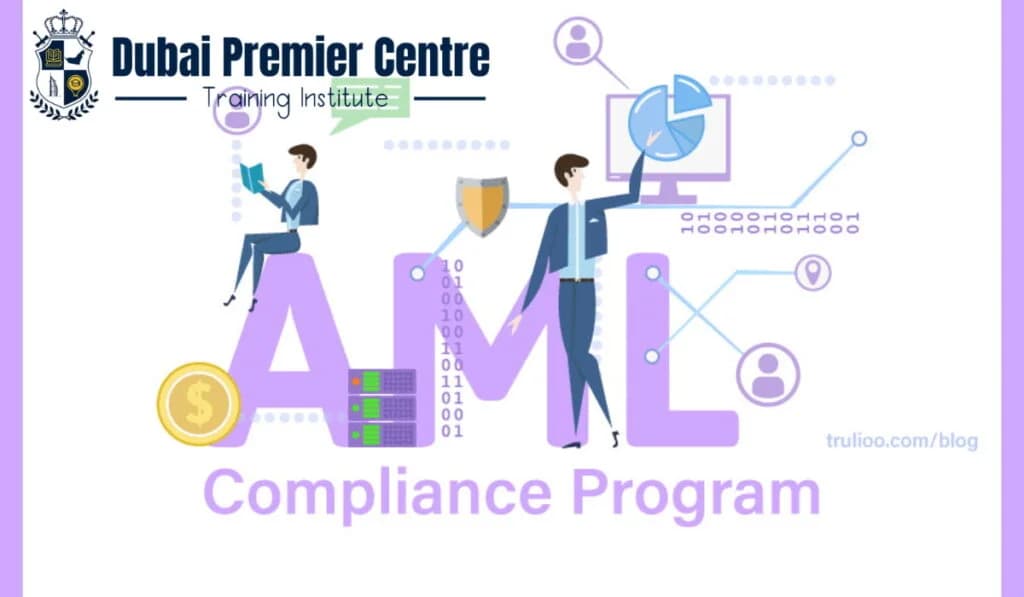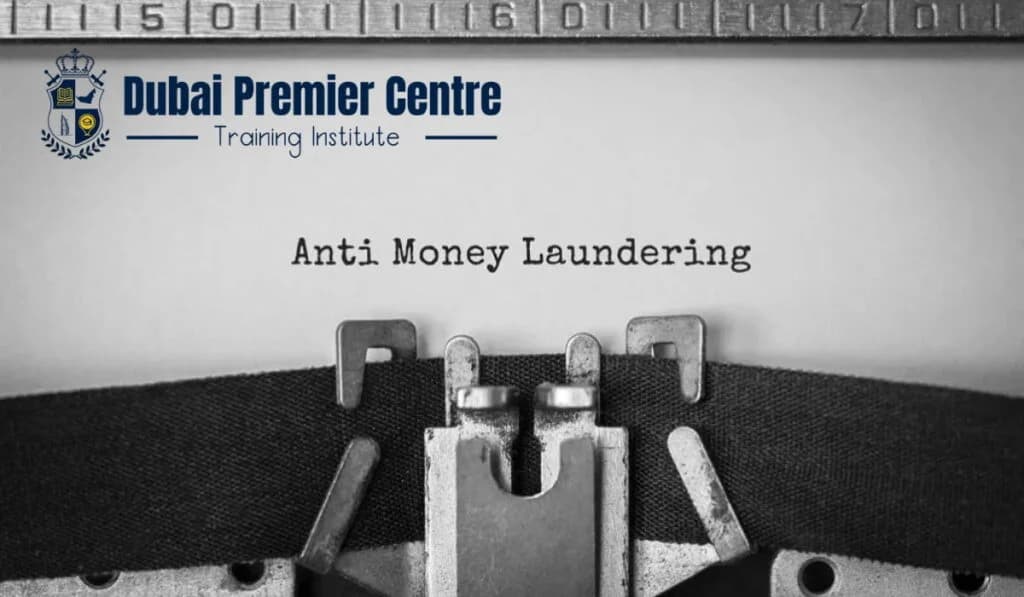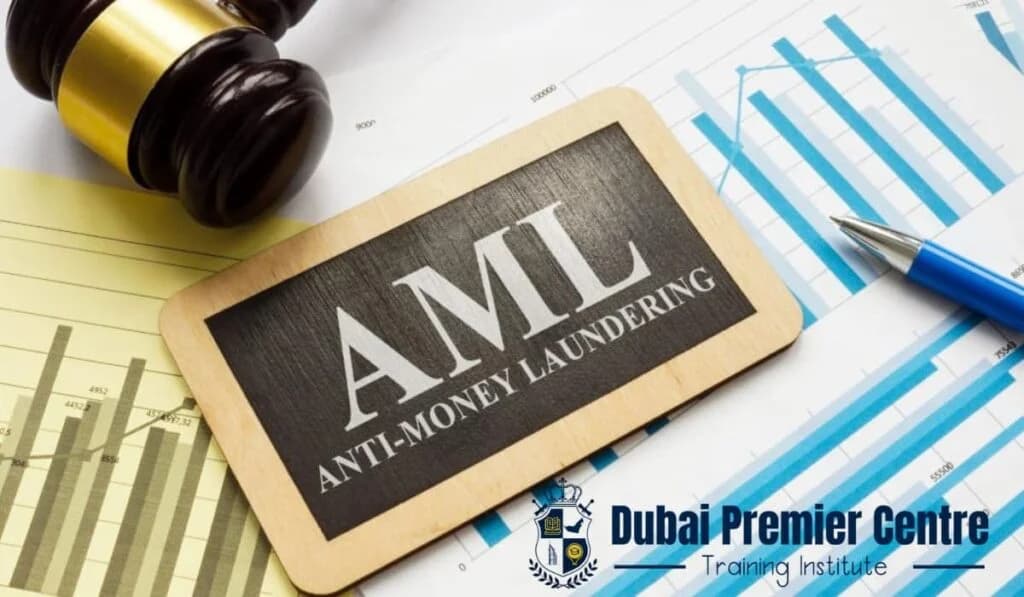Anti money laundering in insurance sector: Risks, rules and prevention

One of the growing problems, especially in the finance sector is money laundering. According to International Monetary Fund(IMF), ML makes up 2% to 5% of the global economy. Life insurance is one of the sectors that are at highest risk of being caught by criminals due to large amounts of money moving through them. Criminals can easily hide illegal money by involving themselves in the life insurance sector. Furthermore, illegal money in insurance companies is also very difficult to track.
Due to all the above risks, the government has created strict rules and regulations to prevent money laundering. Insurance companies need to follow these rules and make their sector safe from such crime. They need to check their customer’s data, keep an eye on suspicious transactions and report anything unusual. If insurance companies fail to follow anti-money laundering rules, they may face big penalties or even jail time. Staff training is also essential to spot money laundering and use advanced technology to help detect it. All of these efforts help the insurance industry save from economic crime.
What is anti-money laundering in insurance?
Anti-money laundering are the rules that are set by the government to stop money laundering efforts such as hiding illegal money. For the insurance industry, AML rules involve finding, reporting and stopping any suspicious actions when criminals try to use illegal money through insurance policies.
Top 4 techniques money launderers use to exploit insurance products
Criminals can hide illegal money in the insurance sector by using the weaknesses of this system. This way they can make money look legal. Some common techniques that criminals adopt are:
1. Utilizing complicated insurance plans
Insurance companies provide complex plans such as variable life insurance, annuities, and private placement life insurance (PPLI). The plans enable people to contribute more money than they need for insurance protection, helping to cover up the actual source of funds.
2. Suspicious premium payments
Overpayment with heavy, suspicious money or money from strangers can conceal illegal funds. Returning excess premiums returns "cleaned" funds to the policyholder. Such practice conceals dirty money under the guise of legitimate insurance proceeds, making tracing the original origin of illegal funds more difficult.
3. Early policy surrenders
Sometimes criminals use illicit money and buy insurance plans. After purchasing they quicky canel and plan and get legal money back from the financial system. In this way they can easily hide the source of illegal money and replace it with clean money.
4. Lax KVC rules exploitation
Some insurance companies ignore customer data and do not check it properly. This careless action lets people buy policies with illegal money. So, it is very important to verify customer data carefully all the time.
Adopting strong rules can prevent money laundering in insurance and keep the financial sector safe from crime.
What are the common ways to find money laundering in the insurance sector?
In this section we discuss the top 3 ways that can be used to find ML in the insurance industry.
1. Conduct Customer Due Diligence(CDD)
Customer checks are needed to avoid illicit monetary activities. Insurers are mandated to identify customers (IDs or documents) and evaluate their risk profiles (low, medium, or high). This involves scrutinizing customer details (name, address, profession), their source of income (salary, business ventures, investments), and why they need insurance (coverage, savings, or other reasons). Through frequent updates and checks, information accuracy is ensured. Staff training identifies suspicious behavior. These actions prevent fraud, protect honest customers, and ensure that the insurance system is secure and reliable for everyone. Daily, it runs smoothly through simple guidelines, careful verification, and cooperation.
2. Check clients against sanctions list
Insurance companies need to check their client names against a list of people or groups that are highlighted by government or international rules. These lists are known as sanction lists. Their main purpose is to avoid giving insurance to banned people because they might be involved in illegal activities or they may have money that came from an illicit source. For this tracking, companies can use advanced technology or automated computer programs. These programs compare customer information with these lists. This helps find any risky customers and stops insurance from going to people or businesses that are not allowed to have it.
3. Keep an eye on transactions for suspicious activities
To catch the strange action, it is important to check the transactions from time to time. In this way, insurance companies can detect suspicious behavior quickly. For this purpose insurers should adopt advanced analytics to find out unusual patterns, like policyholders suddenly requesting high-value claims or making multiple premium payments in a short period.
What are the common risks associated with ML in insurance sector
The following risks are involved due to money laundering in the insurance industry:
- Money Loss: Insurance firms can lose a lot of money if they get caught. They can pay huge fines or lose their assets due to investigations and legal issues.
- Bad Reputation: If an insurance firm is associated with money laundering, people can stop trusting it. Customers and partners can leave, and the firm can lose business. Trust is extremely crucial in insurance.
- Legal Trouble: Violating anti-money laundering regulations can lead to severe legal issues. Individuals and businesses can be prosecuted, punished with fines, or even sent to prison.
The only way to avoid these risks is to follow strong rules, check customer data carefully and report to authorities if companies observe any suspicious action.
AML rules and regulations for insurance companies
- AML regulations in insurance operate globally to prevent criminals from concealing illegal funds through insurance products. Organizations such as the FATF direct these regulations across the globe.
- Every nation or region has its own AML regulations that suit its laws and financial systems. Domestic regulators monitor insurance firms to ensure they comply with these regulations.
- Insurance firms should screen how risky their business and customers are for money laundering and act accordingly based on the degree of risk. High-risk clients require additional screening and monitoring.
- The firms should confirm who their customers are, examine where their funds originate from, and why they are requesting insurance.
- They should also report any unusual or suspicious money transactions to the relevant authorities.
- Insurance companies monitor transactions continuously to identify abnormal behavior, such as large claims or frequent payments within a brief period.
- Staff receive training to identify risks, conduct checks properly, and report suspicious activity.
- Insurance companies cooperate with law enforcement and regulators by providing information and assisting in investigations.
- They provide periodic reports on their AML activities and might have audits to enhance their programs.
What are the challenges that insurance companies face to implement AML
Following are the common challenges that insurance companies should face to stop money laundering.
1. Tracking Beneficiaries and Payments
It is very challenging for insurers to find out who took illegal benefits from insurance policies. Some policies are complex, making it tough to follow money. Also various people are involved in insurance payments so checking all payments carefully is necessary to stop illicit money activities.
2. Less sources compared to banking sector
Insurance companies have very limited resources as compared to banks. This makes it difficult to develop a strong AML system. Smart ways are needed to use limited money and staff to keep anti-money laundering effective.
3. Require better data sharing and cooperation
Preventing money laundering is more effective when insurance providers exchange information. Establishing trust and data-sharing systems for safe exchange benefits the entire industry in combating money laundering more effectively. Collaboration is extremely crucial.
Final words
Special AML software helps insurance companies follow strict rules. These tools are made for insurance needs, using automation and tech to find risks fast. As AML becomes more important, regular training and teamwork help stop money laundering, keeping money safe. Dubai Premier Center Training Institute offers the "Anti-Money Laundering (AML) Compliance for Insurance Companies" course, supporting this goal. Strong AML practices need new ideas, effort, and everyone working together to protect the insurance industry’s honesty.
Read Related Articles





